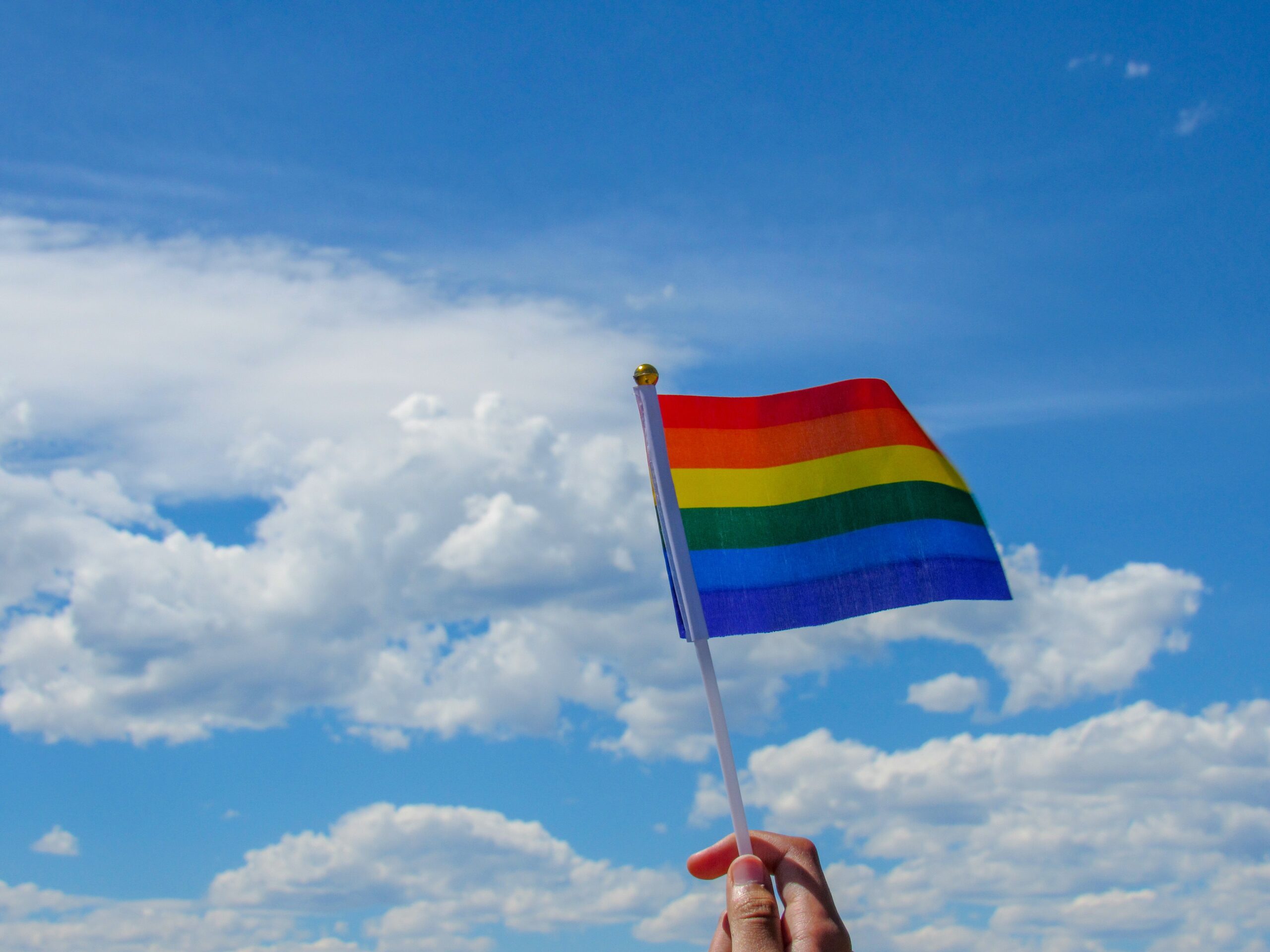Since coming out is a continual process, it is fitting to say a blessing or a prayer each time the process is furthered. Whether we are telling someone we haven’t seen in a while about our identity or marching in a gay pride parade, we can acknowledge our courage by saying a blessing:
Nevarekh et Eyn HaHayyim asher natna lee haozmah lazet min hamezarim.
Let us bless the source of life for giving me the courage to come out.
Beyond using this blessing in private, individual circumstances, many gay and lesbian Jews may feel a need to have a publc ritual among friends or in the synagogue. The ritual may be very simple, consisting of the recitation of the blessing, followed by an additional blesing that a friend, the service leader, or the rabbi may say on the occassion:
May the One who blessed our ancestors, Abraham, Isaac, and Jacob, Moses, Aaron, and David; Sarah, Rebecca, Leah and Rachel, Miriam, and Ruth, bless ________bat _______, who has come forward bravely to proclaim her lesbian identity to this congregation. May she grow in self-understanding and rejoice in her newly claimed identity. May her courage be a model for others who yearn to reveal hidden parts of themselves. May she receive love, warmth, and support from her community, family, and friends. May her public act inspire us to deepen our commitment to work for a time when gay men and lesbians will no longer suffer from hatred and prejudice and when all will live in harmony and peace. Amen.
This ceremony could take place at any home gathering or synangoue service, but might be most appropriate when the Torah is read, accompanied by an aliyah to the Torah. In this way, it would take on the resonance of the bat mitzvah. To become a bat mitzvah means to make a transition to being a responsible Jew; to take on a new identity as a Jewish woman. Similarly, coming out is a life cycle event that demands the proclamation of the new identity; the link is therefore most appropriate.
From “Like Bread on a Seder Plate: Jewish Lesbians and the Transformation of Tradition,” 1997, Columbia University Press. Reprinted with the permission of the publisher.











